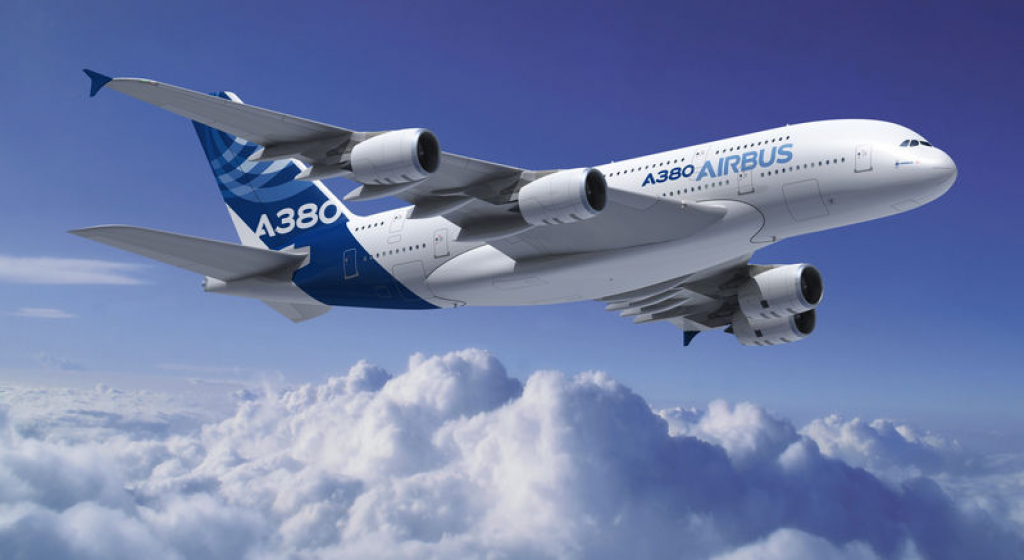If banks were airlines
If banks were airlines
Ever since the scary turbulence of the Great Financial Crisis it has been instructive and illuminating to compare the travails of the financial industry with the state of other industries, especially those more down to earth, also known as real world industries.

The automotive industry was particularly handy for good analogies: Almost all of us have first-hand experience with the successes and failures of risk management when it concerns cars and driving. We are active risk managers when we drive ourselves. We sit on the receiving end when driven around by somebody else. While we drive, we experience, interact and our lives depend on a highly complex piece of engineering - the automobile. Yet cars are designed, constructed and sold for profit by fallible humans, with all the usual conflicts of interest and associated caveats. Hence a comparison of bank risk management with the risk management of the automotive industry would be quite informative.
Alas, recent automotive scandals have tarnished the reputation of the automotive industry for taking good care of its clients and its broader stakeholder base
So this post will not use automotive analogies. Fortunately there are some other real world industries that can still be used as best practice risk management examples (Let us hope they stay shinning examples for a long time to come).
These annoyingly good performers somehow manage to juggle multiple objectives (including profit), enormous product complexity and the containment of very substantial risks. So apparently it can be done.. In this installment we will take a very casual look at how the airline industry manages risk. But we will do it in an rather inverted manner. Instead of probing how they actually do things, we will focus on what they are not doing! Here we go:
If banks were airlines then
Pilots
- Pilots would escape airplane accidents by ejecting and parachuting while passengers would perish (senior bank management not having skin in the game)
- Pilots would brag about their near escapes and sailing close to the wind (cowboy risk culture among banking executives)
- After accidents due to pilot errors, the cost of restoring the airline’s financial and reputation loss would be borne by the general public (banking bailouts after crises)
Passengers
- Safety instructions would be in small print, require a law degree to understand and would be flashed briefly just before the in-flight entertainment begins (difficult to understand financial products and risks)
- Passengers would be expected to guess whether an airline is managed to a good safety standard (limited disclosure of complicated risks)
- It would be understood that when trip costs are lower passengers knowingly accept higher probabilities of untimely death (savings rates linked to bank risk profile)
- Passengers would be packaged into containers and transfered - just before takeoff - to an airline different from the one they agreed to (originate to distribute model of banking)
Airplanes
- Planes would be built and flown without much understanding of aerodynamics (limited and superficial understanding of banking system risks)
- Flight manuals would be written by MBA’s, not engineers (treating banking as any other consumer business)
- Fuel would be systematically skimped-on to enhance profit, resulting to frequent accidents (pressure for as little as possible bank risk capital)
- New wings would be mounted on old planes to prolong useful life (innovation with new products without extensive sandbox testing)
- Planes of different types would be glued on top of each other - to be attractive to all passengers (complicated business models)
- Would have no fixed flight paths. Falling planes would cause much collateral damage on the ground (conglomerate banks creating contagion risk)
Air traffic controllers
- Pilots would continuously complain that the biggest risk to airplane safety are the air-traffic controllers (industry push-back against stronger regulation)
- Air traffic controllers would rely entirely on pilot reporting for assessing plane location and height (light-touch, non-intrusive regulation)
Countries
- Countries would allow lower safety standards to help their airlines offer lower ticket prices (regulatory wars and light-touch regulation)
- Countries would subsidize their flag carriers no matter how poorly managed, to preserve pilot positions and national pride (wait, scratch this, some countries actually do that with their airlines!) The verdict is clear. Bank risk management can be done better! The wonderful flight to an efficient, safe, high-tech banking system has begun and open risk management is at the core of it!